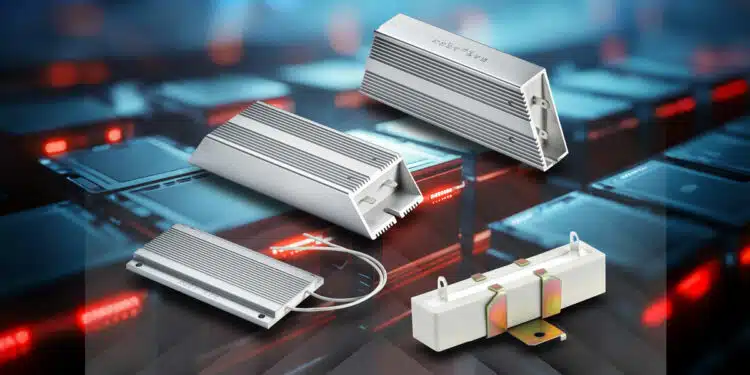Bourns introduces high pulse braking resistor families with advanced energy dissipation capabilities. Riedon™ Model BR/BRT, BRS and UWP series braking resistors feature power ratings up to 500 W and extended temperature range up to +275 °C.
Bourns, Inc., a leading manufacturer and supplier of electronic components for power, protection, and sensing solutions, today introduced three product families of its Riedon™ High Pulse Braking Resistors by Bourns.
Designed for high energy pulse applications, the Model BR/BRT, BRS and UWP Series braking resistors feature exceptional power ratings up to 500 W and an extended temperature range up to +275 °C making them excellent energy dissipation solutions for braking circuits in motors and capacitor recharge/discharge circuits.
In addition, these new braking resistors are available in multiple package and non-inductive winding options that allow developers to select the optimal solution for their particular design.
The Model BR/BRT and BRS Series are aluminum metal clad wirewound resistors, whereas the Model UWP Series are ceramic wirewound resistors. Engineered as high reliability, robust solutions to dissipate large energy pulses, these resistors help meet the critical electrical current regulation requirements in AC-DC and DC-DC power converters, Battery Energy Storage Systems (BESS), capacitor recharge/discharge circuits, industrial power supplies, inverters and motor drives.
The Riedon™ Model BR/BRT, BRS and UWP Series High Pulse Braking Resistors by Bourns are available now and are RoHS compliant.































